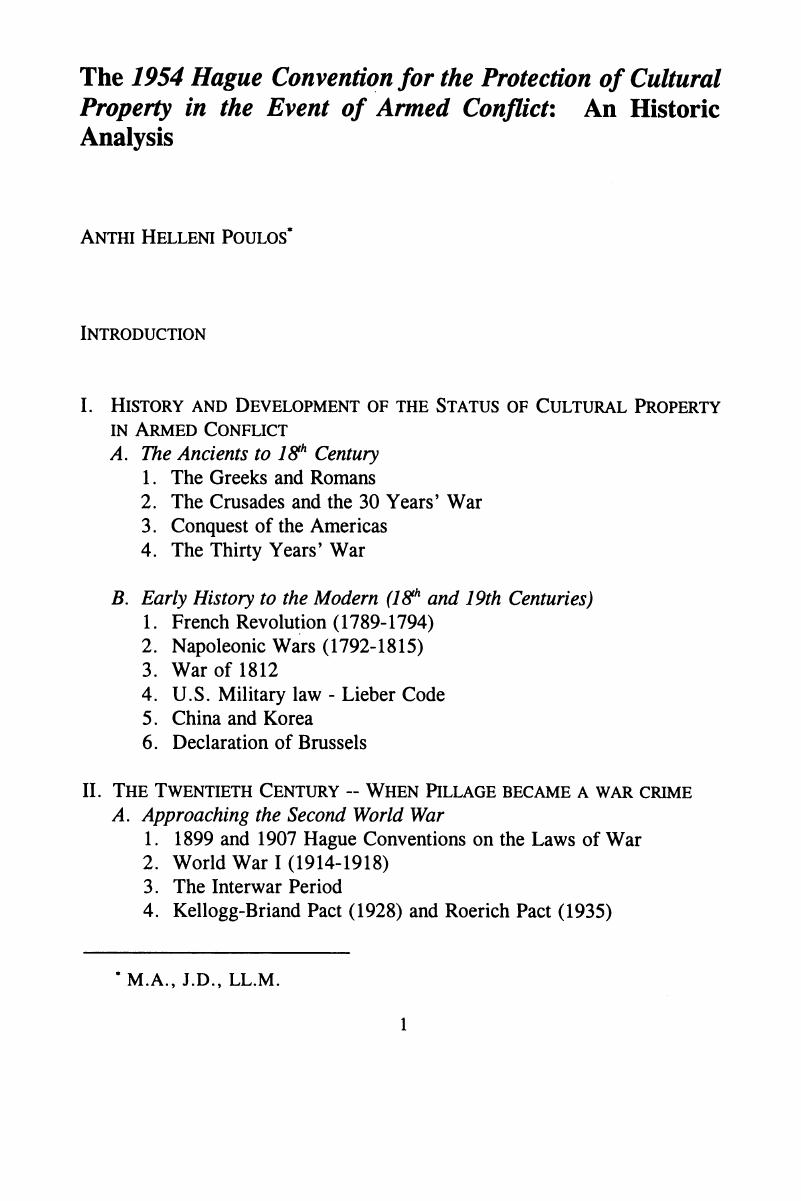Crossref Citations
This article has been cited by the following publications. This list is generated based on data provided by Crossref.
Browne, Kim
and
Raff, Murray
2022.
International Law of Underwater Cultural Heritage.
p.
107.
Lostal, Marina
2022.
International Conflict and Security Law.
p.
443.
Adewumi, Afolasade A.
and
Akintayo, John Oluwole A.
2022.
The Nigerian “End SARS” counter protest and the monumental destruction of cultural heritage.
International Journal of Cultural Property,
Vol. 29,
Issue. 1,
p.
81.





